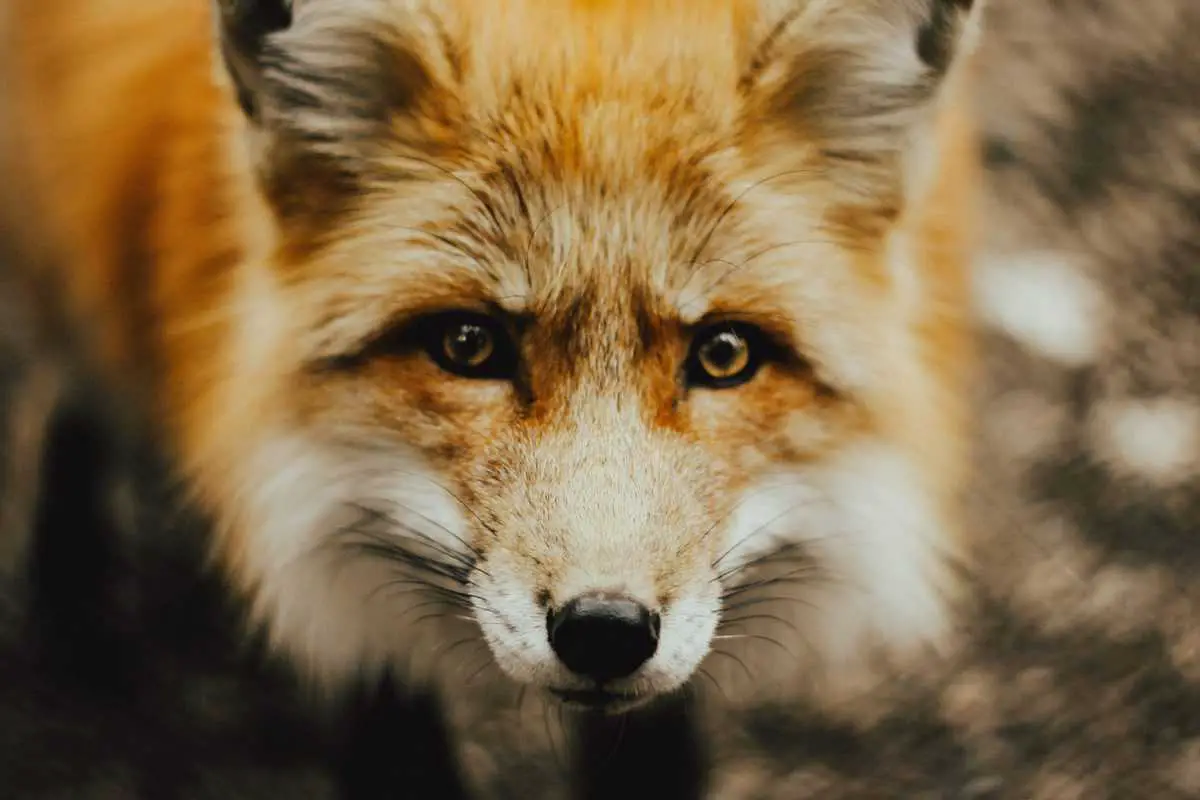The life span of a fox varies depending on whether they are foxes in the wild or in captivity.
Fox Life Span:
 |
| Fox in the wild: 2-6 years |
 |
| Fox in captivity: up to 14 years |
How long do foxes live? The life span of the average fox in the wild is 2 – 6 years. Foxes in captivity can live up to 14 years with the right care and environment.
Foxes in the wild rarely live past 2 years and the ones who made it through the first couple years usually go on to live 3 or 4 more years since they have lived through the hardest learning stages of life in the wild.
Video: How Long do Foxes Live
Older foxes have been called clever, as they should be, they have somehow managed to survive through every predator, food shortage and natural disaster that nature could throw at them.
The truth is, however, foxes in the wild barely have a chance. Nature is a brutal place and has many trials and tribulations. Foxes are lower on the food chain than some of their natural enemies, making them prime targets for other carnivorous animals.
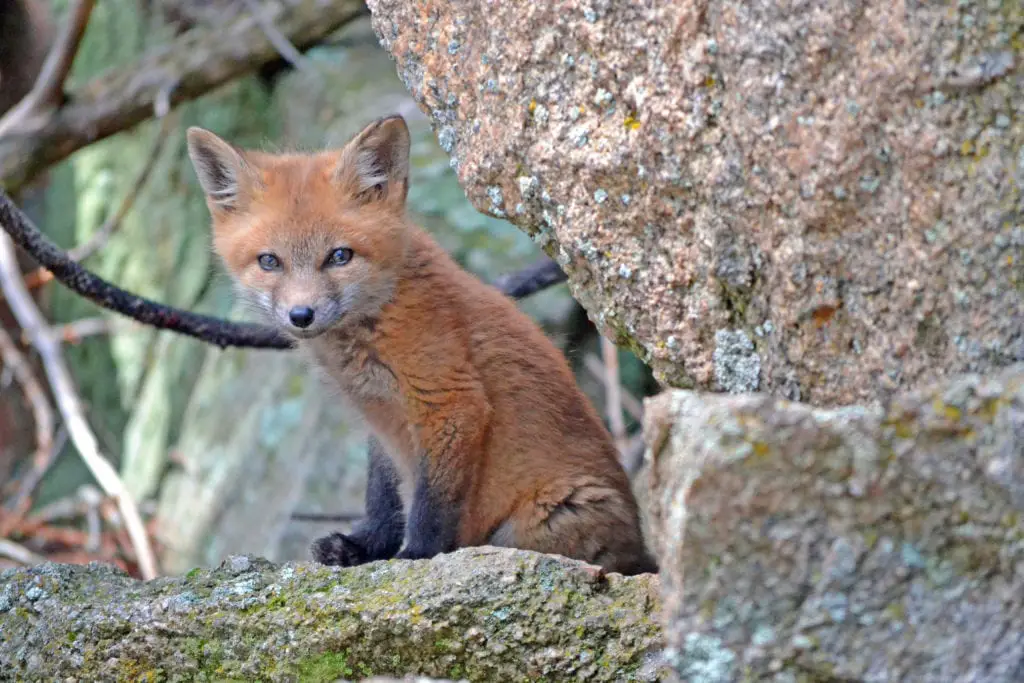
How Long Do Foxes Live in the Wild

The fox’s life starts with its time as a baby. This can be the toughest part of their survival, with more threats from predators and mother nature.
Over 50% of fox litters do not make it past 1-2 years of age.
What is a baby fox called? Baby foxes are called kits, but some people call them pups or cubs. Female foxes are called vixens and a male fox is called a tod or dog fox.
Foxes breed in the winter and early spring. The gestation period for foxes is around 53 days (1.5 months) and are born around April, sometimes later. A fox litter usually contains 1-12 kits but averages around 6. Like many other animals, they are born blind for the first two weeks.
After about a month, kits journey to the entrance of the den where they start to play and be active.
Why do fox cubs die? Fox cubs (kits) are born blind and don’t open their eyes for around 12-14 days. This makes them a target for predators who hang around fox dens waiting for a parent to exit so they can creep in and feed on the babies, however, fox parents usually stay very alert when it comes to their kits.

If a fox’s parent catches a predator such as a wolverine, hanging around the den waiting for an opportunity to strike, they will, for instance, move to another den away from harm.
When the parents are moving the kits, some of them can get left behind, or eaten by a predator while the parents make several trips to move them.
Mother nature can also play a role in the life of a fox kit. If floodwaters flood the den, the parents have no choice but to grab who they can and relocate. This means not every kit will make the journey, although, most fox parents will do whatever they can to save their young.
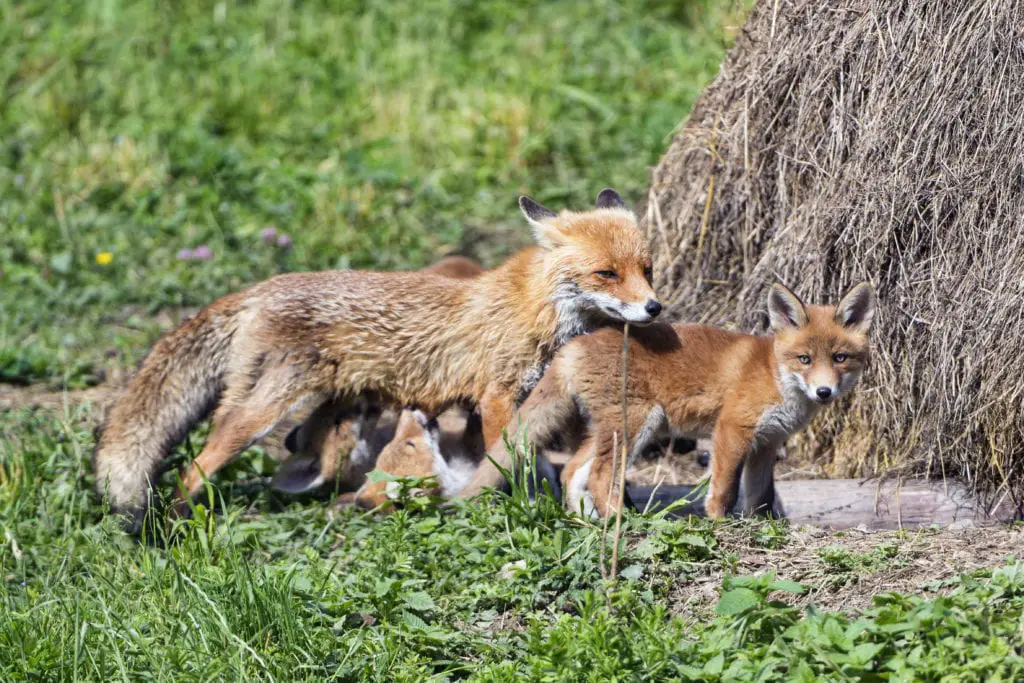
Young Foxes in the Wild
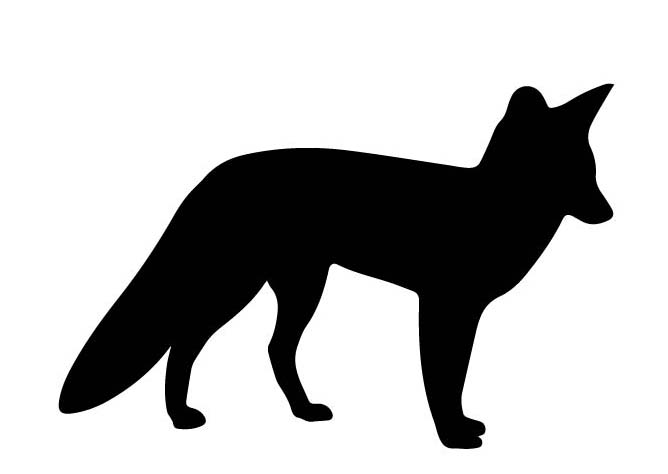
Young foxes are weaned by their parents by 12 weeks, by that time they start to tag along to forage for food.
Both sexes are sexually mature by 10 months but may not breed until they become yearlings.
The kits usually go off on their own around fall. The males leave first, followed by the females. Male foxes usually travel further and have a longer range.
Foxes weigh around 10 pounds and the males are usually heavier than the female foxes.
While a lot of young foxes die from being preyed upon or from natural events like flooding, and accidental deaths, many foxes also die from starvation, parasites or disease.
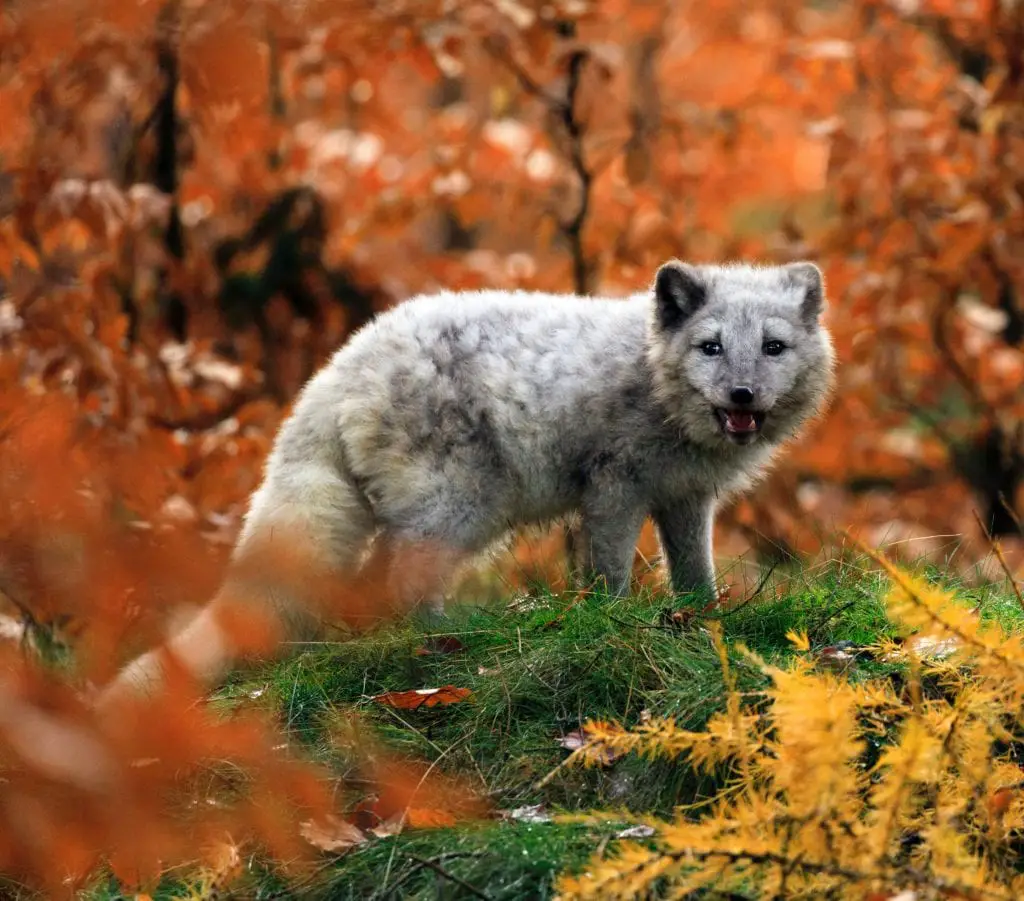
If a fox lives past 1-2 years in the wild, then they have reached middle age. Foxes that survive their youth are more likely to live a few more years due to their ability to learn and adapt to their surroundings.
From this point on the fox has already had its kits and is now mostly solitary. Foxes do get somewhat social at times, usually at night because they are nocturnal hunters.
Foxes will often signal each other with fox calls, and mark spots with urine. Some fox families even keep the same dens for generations.
A fox usually makes multiple dens, that they will travel to and use when one of the others is compromised by an invading predator, human activity or natural events like the weather.
The Mature Fox

There are also accounts of mature foxes who live to be 8 or 9 years old in the wild, however, it is not common. These old foxes have seen it all, been through it all and made it to a ripe old age.
However, even after living through the harshest of tribulations these old foxes will still die from accidents, injuries, and disease.
Foxes in captivity can live to be much more mature ages than those in the wild, for instance, the internet is full of pet foxes with their human families taking care of them, feeding them and taking them to the vet.
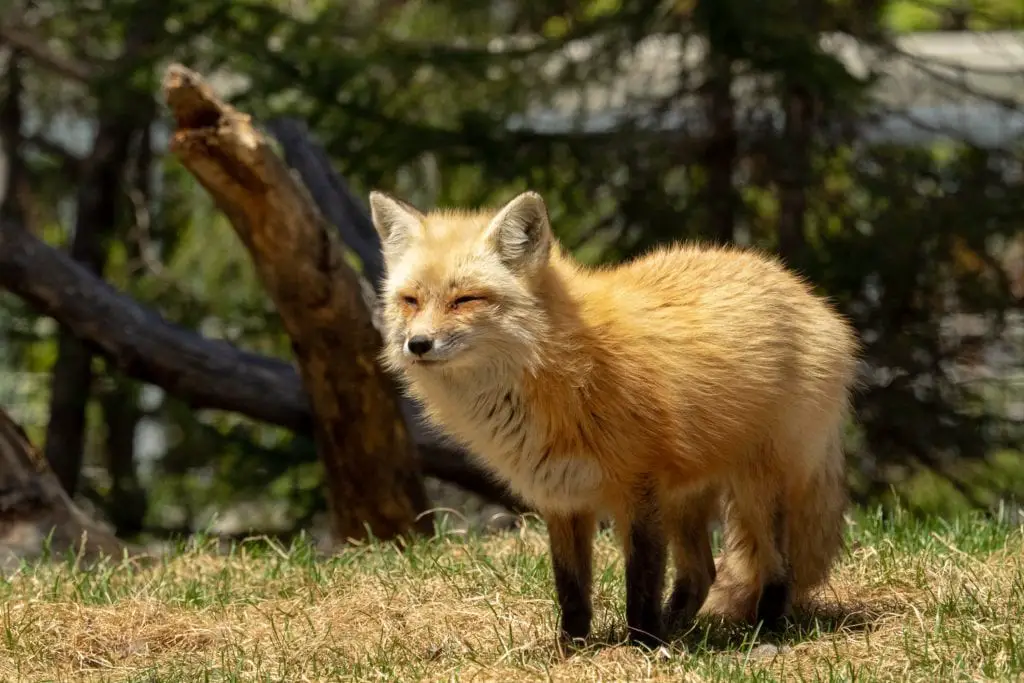
The Ecology of the Fox
The environment that the fox lives in, can be one of the biggest determinations to how long a fox can live.
Areas that have more predators or less foraging foods can dramatically shorten a fox’s life span. Many foxes die of starvation and an average fox typically only makes 1 – 2 kills a week.
This means they must forage for fruits and vegetables as well as search for other opportunities where they may feed on the kill of another animal that was left behind.
Foxes are omnivores and eat a variety of small game, fruits, and vegetables.
Whenever a fox lives in the same territories as other canids such as wolves or coyotes there is also a chance for them to pick up diseases like mange, that will typically kill them within months.
The Range of a Fox
Foxes live in different regions in the world, but they will mostly stay in the same small area for their whole life.
Most foxes stay in the range of 3 – 7 square miles (4.8 km – 11 km.) They will build multiple dens and even tunnels and move when needed from den to den.
In addition, foxes will even inherit dens from past generations, which shows just how long foxes stay in their range.
Fox Biology
A lot of animals in the wild and in captivity, such as foxes, can die of diseases and parasites.
Foxes have been known to die from distemper, which is a respiratory viral disease, spread through coughing and sneezing, usually by other canids such as dogs and coyotes.
they can also catch mange and other zoonotic parasites from animals in their territories and sometimes from feeding on shared carcasses.
Foxes can also carry rabies, and sometimes, when a fox is seen in the daylight it can mean they are rabid, although, not always.
Urbanization is one of the leading killers of different species of animals, that die from contact with domestic animals who carry parasites and disease.
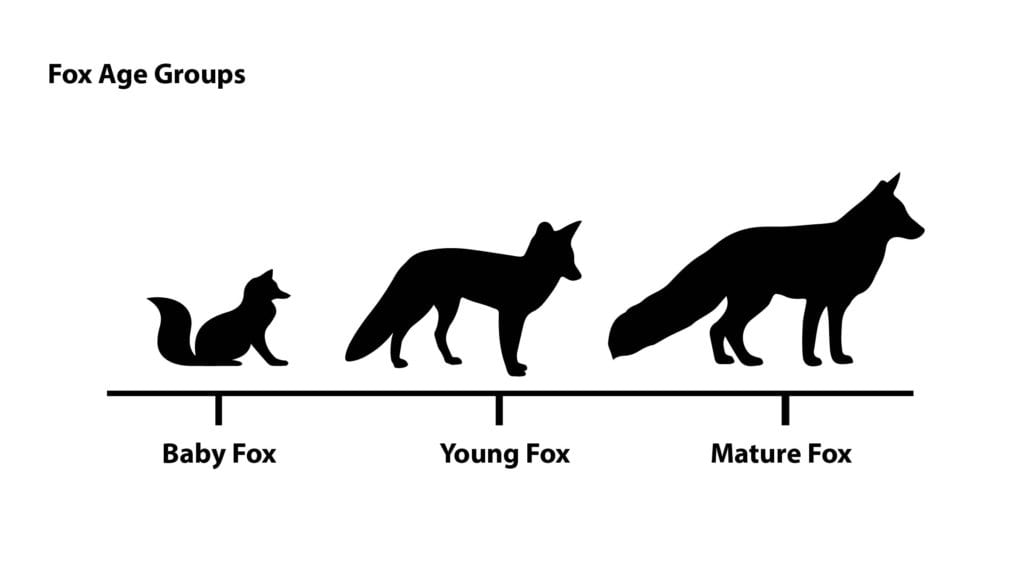
How Long do Foxes Live in Captivity?
Foxes who live in captivity have been known to live much longer lives than those who live in the wild.
There are many sanctuaries that house foxes and on average they live to be 6 – 14 years of age. Foxes that are rescued must live the rest of their lives in captivity because of their inability to survive in the wild once someone has started to care for them and feed them.
How long do pet foxes live? Pet foxes can live to be up to 14 years of age; however, pet foxes can still fall victim to predators who break into their enclosures such as coyotes.
Pet foxes can also get parasites and diseases that cause death, despite their access to veterinary assistance.
Most pet foxes seem to be very pampered and in most cases are taken care of very well.
Frequently Asked Questions
✅ How long do red foxes live?
In the wild red foxes live to be 2-6 years old, in captivity a red fox can live to be 10-14 years old.
✅ How long do gray foxes live?
Gray foxes live up to 16 years in the wild, and up to 20 years in captivity.
✅ How long do arctic foxes live?
Arctic foxes live to be 10-15 years old in the wild, in captivity they can live to be around 18 years old.
✅ How long do fennec foxes live?
Fennec foxes live to be around 10 years old in the wild, and 14 years in captivity.
Check out our PAWSOME new collection of Fox Gifts
Related Questions
Why do foxes in captivity live longer? Foxes in captivity get better care and have a regular diet. They get visits by a veterinarian and do not have to fight off predators like they do in the wild. Foxes in captivity have less of a chance of getting injured and dying from nature related incidents.
Why do arctic foxes live so long? Despite the harsher environments, arctic foxes have adapted extremely well. They are very opportunistic when it comes to food, oftentimes, they will feed on carcasses left behind by other animals like polar bears. They are very solitary, staying alone until mating season.
Polar bears prefer the blubber of animals and will leave behind a lot of the meat, giving an arctic fox an easy meal, that is to say, as long as there are no other predators to fend off!
Fact: The arctic fox is the only mammal native to Iceland.

